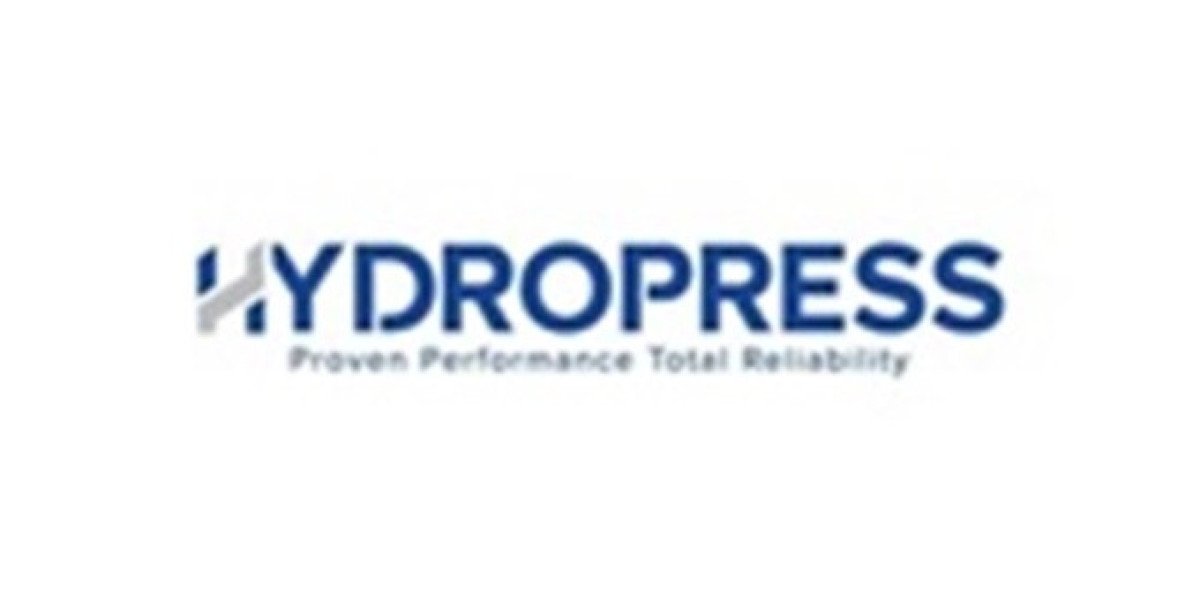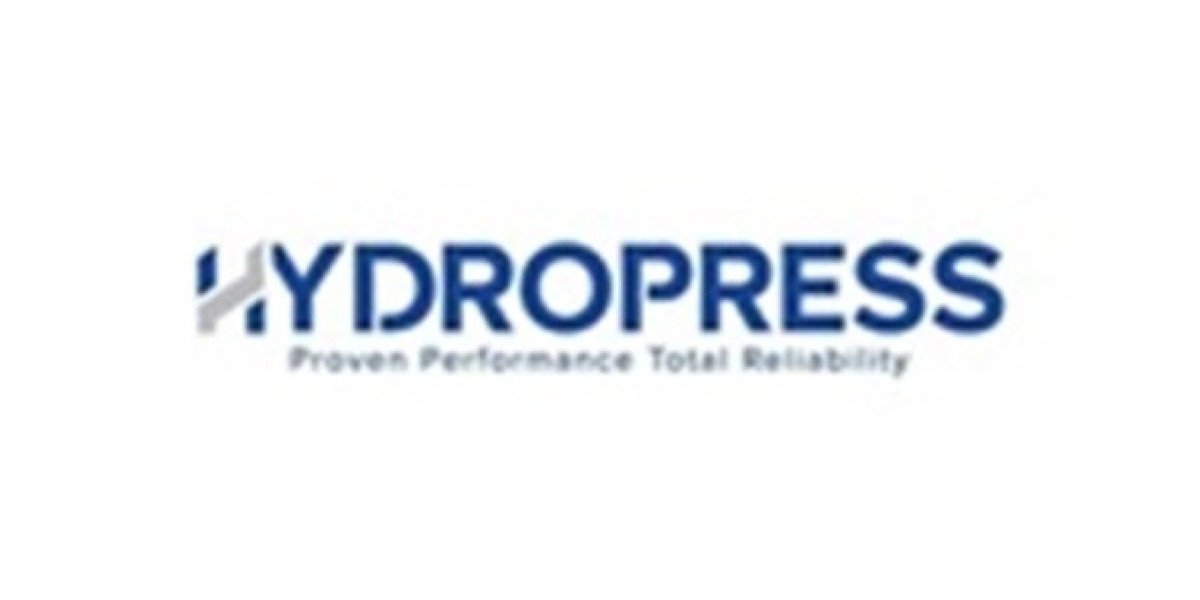In today's fast-paced business environment, effective inventory management is crucial. One of the key tools that facilitate this process is the ribbon barcode. But what exactly is a ribbon barcode, and how does it function in the realm of inventory management? This article aims to provide a comprehensive understanding of ribbon barcodes, their operational mechanisms, and their advantages.
What is a Ribbon Barcode?
A ribbon barcode is a type of barcode that utilizes a thermal transfer printing method. This method involves the use of a ribbon, typically made from resin or wax, which transfers ink onto a label when heat is applied. The result is a durable and high-quality barcode that can withstand various environmental conditions. This durability makes ribbon barcodes particularly suitable for products that require long-term labeling.
How Do Ribbon Barcodes Work?
The operation of a ribbon barcode is relatively straightforward. When a thermal printer is used, the printer head heats specific areas of the ribbon. This heat causes the ink on the ribbon to transfer onto the label, creating a clear and scannable barcode. The process can be summarized in the following steps:
- The thermal printer is loaded with a ribbon and label stock.
- When a print command is given, the printer head heats up.
- The heated areas of the ribbon transfer ink onto the label.
- The result is a printed barcode that can be scanned for inventory tracking.
Benefits of Using Ribbon Barcodes for Inventory Management
Implementing ribbon barcodes in inventory management systems offers several advantages:
- Durability: Ribbon barcodes are resistant to smudging and fading, ensuring that they remain readable over time.
- Cost-Effectiveness: Using thermal transfer printing can reduce costs associated with label replacement due to wear and tear.
- Efficiency: Scanning ribbon barcodes speeds up the inventory process, allowing for quicker stocktaking and order fulfillment.
- Versatility: Ribbon barcodes can be printed on various materials, making them suitable for different products and environments.
Choosing the Right Ribbon for Your Barcode Needs
When selecting a ribbon for your barcode printing, consider the type of material you will be printing on and the environmental conditions the labels will face. For high-performance needs, resin ribbons are often recommended due to their superior durability. You can explore options for high-quality resin ribbons at .
Conclusion
In summary, understanding the functionality and benefits of ribbon barcodes is essential for effective inventory management. Their durability, efficiency, and cost-effectiveness make them an invaluable asset for businesses looking to streamline their operations. By implementing ribbon barcodes, companies can enhance their inventory tracking processes and ultimately improve their bottom line.







